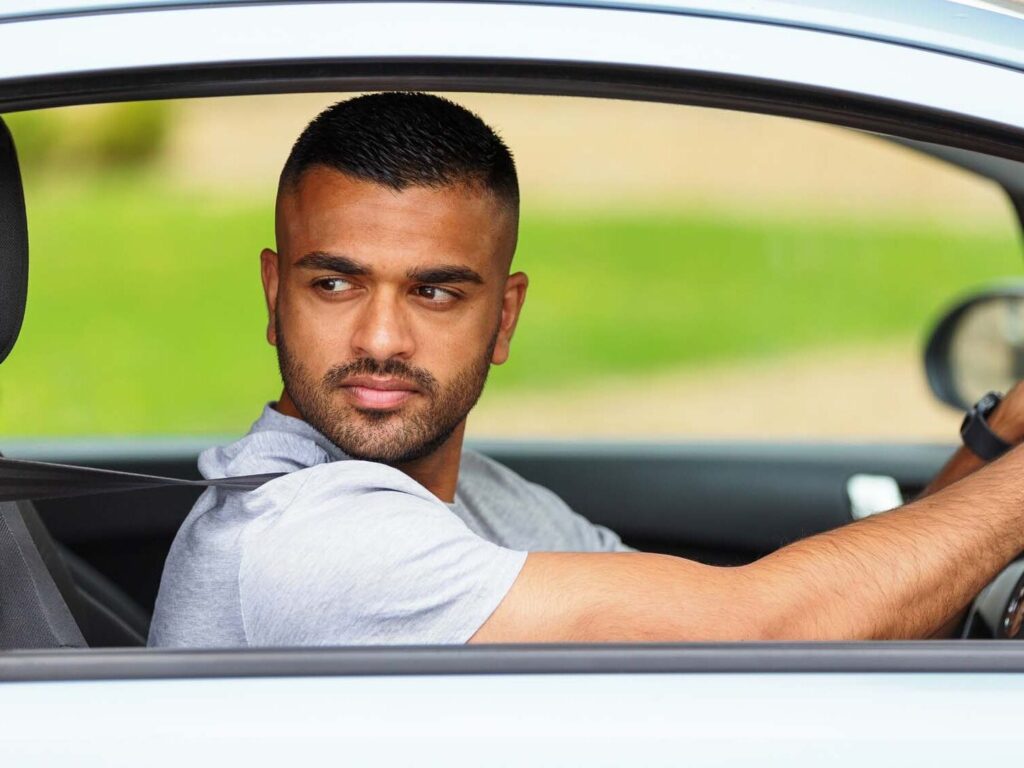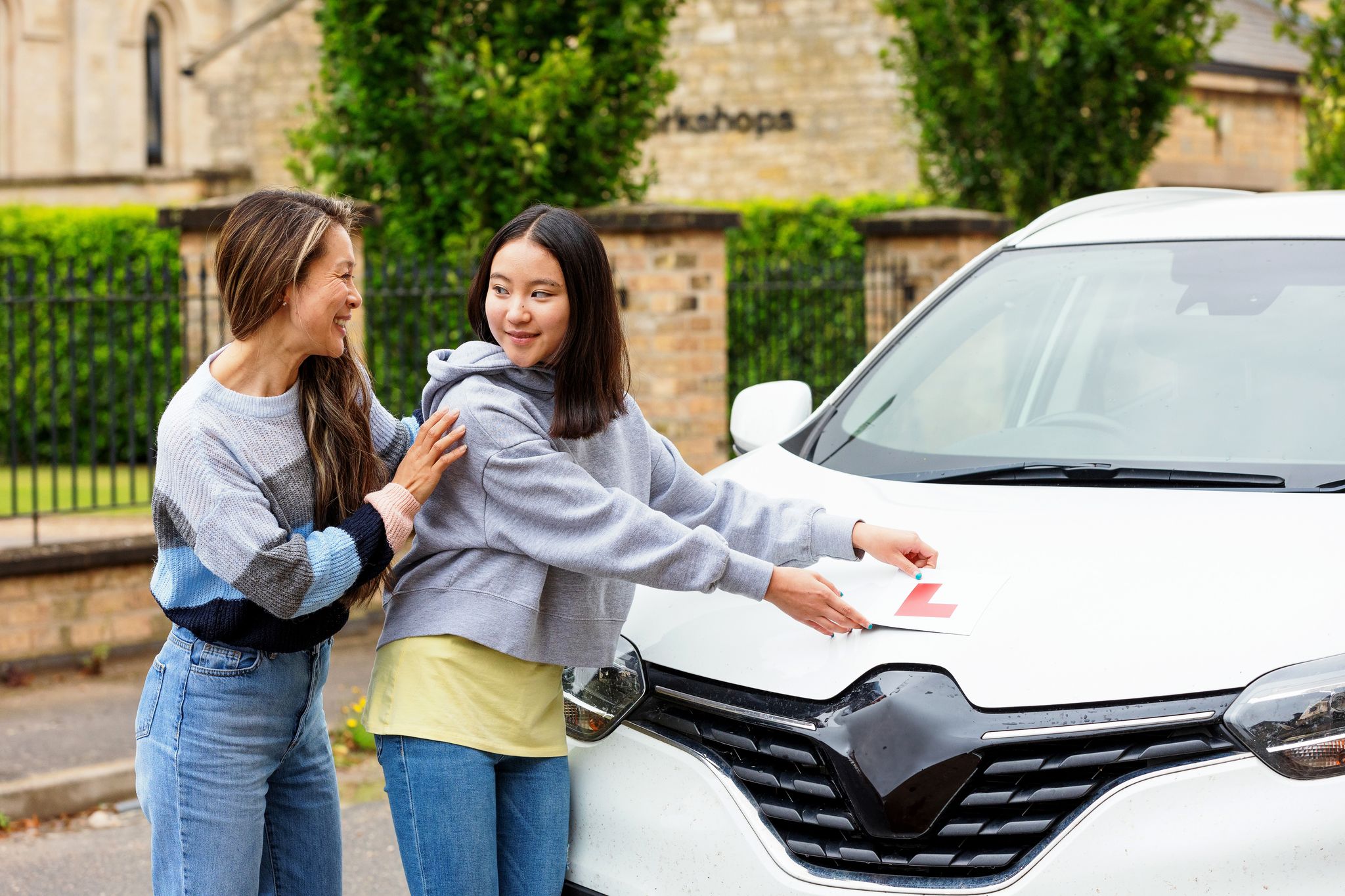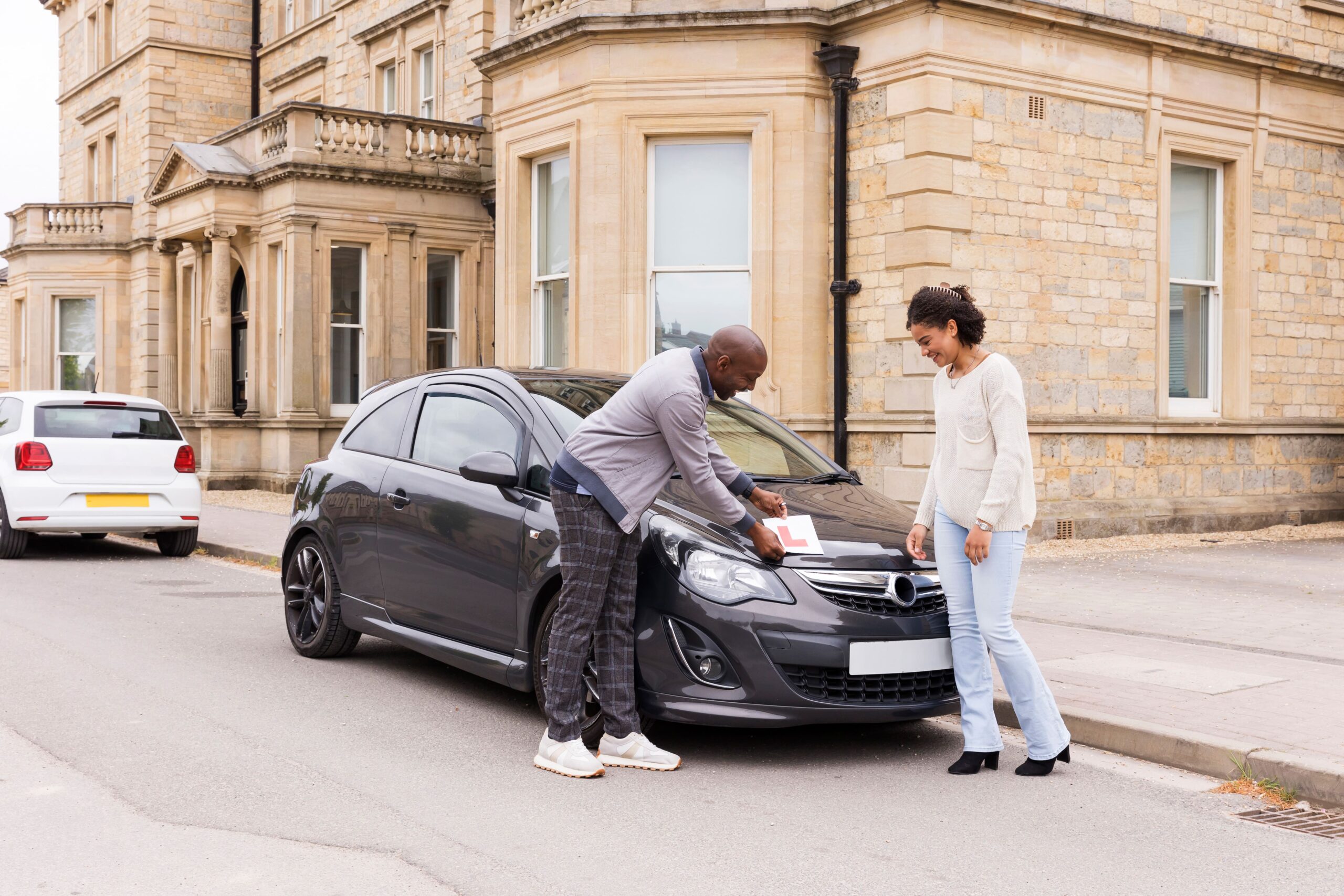If you’re about to begin to learn to drive and need some guidance on whether to choose a manual or automatic car, or feel confused about if it’s better to learn in a manual or automatic – we’ve put together a comprehensive guide to help you decide which type will be best for you to learn in. Whichever you choose, our temporary learner driver insurance is always here for you to bank all the extra practice you need.
Is It Better to Learn Automatic or Manual?
There are pros and cons to learning in both automatic and manual cars. Depending on your personal preferences, you should be able to deduce which car type will suit you best. And whilst there’s no definitive answer to whether learning in an automatic or manual car is better per se, there are certainly compelling arguments to be made in favour of each, and a whole host of motoring attitudes to contend with, to boot.
Is Learning to Drive Automatic Easier Than Manual?
Typically, learning in an automatic car is regarded to be easier than learning to drive in a manual car. In an automatic car, learners don’t have to worry about clutch control – and certainly won’t have to contend with stalling on hill starts – which can alleviate a lot of anxiety for driving beginners. If you suspect you might feel a bit overwhelmed behind the wheel, you could consider learning in an automatic for this reason alone. Although road sense, steering and parallel parking (sorry) remains the same across both automatic and manual – not having to learn clutch control does make it technically easier to learn in an automatic car. It’s also worth mentioning that there’s no shame in choosing to learn in either type of car – there’ll always be negative connotations to both, but learning in an automatic doesn’t make you lazy, and learning in a manual doesn’t make you a superior driver to other road users!

How Long Does it Take to Learn to Drive Automatic Vs Manual?
Everyone learns to drive at a different rate, so there isn’t one hard and fast rule for how long it will take you to learn in an automatic or a manual car.
There’s no set amount of lessons or practice time you need to have before you take your test. However, it’s widely recommended to have 45 hours of driving lessons combined with 22 hours of driving practice with a supervisor. How much practice you need to feel ready for your test is entirely subjective though, everyone is different.
If you are looking for a quicker way to learn to drive – automatic can be a good option as it takes away the need to learn clutch control – allowing you to focus more on all the other elements of driving.
Pros & Cons of Learning to Drive Automatic
With more and more automatic cars on the roads these days, you’ll need to weigh up whether you stick to learning to drive manual or opt for an automatic licence.
Pros include:
- No clutch control necessary
Automatic cars select the gears for you, meaning you don’t need to use a clutch or learn clutch control, which people sometimes struggle with. Not having to learn clutch control might also mean you need fewer lessons, and are able to pass your test quicker.
Plus, stalling in an automatic car is rare – even on tricky hill starts – and the ride feels less jerky all round. Drives on winding countryside roads or inching forwards in heavy traffic are also easier because there’s no need to constantly switch gears, lessening the stopping and starting.
- Less to worry about for nervous drivers
A nervous learner has far less to focus on driving an automatic car (no clutch pedal or gear stick to contend with), which can lessen the pressure they might feel driving.
- Inclusivity
People with physical disabilities or medical conditions which restrict their movement might prefer to choose an automatic car to learn in, as they require less physical operation.
- Quicker reaction times
In an automatic car you can brake without needing to adjust the clutch – which can improve your reaction times in difficult situations on the road.
- More automatic cars becoming available
As popularity for automatic cars continues to rise, and demand for manual cars has declined, many car makers have been phasing out manufacturing manual cars entirely, in favour of making more automatic vehicles. Learners today should consider that there’s a good chance they’ll end up driving an automatic car in the future – and could maybe skip the manual lessons altogether.
Cons include:
- Your licence doesn’t cover manual vehicles
If you know you’re only ever going to drive an automatic car, don’t worry. But if for whatever reason you find yourself wanting or needing to drive a manual car, you’ll need to take another test.
- Switching from manual to automatic can be a big change
Learners are unlikely to get bored behind the wheel whatever type you choose – being assessed on everything from checking your mirrors, blind spot and road position constantly doesn’t allow for laziness – but drivers making the switch from manual to automatic (once they’ve passed) might find the driving experience less stimulating overall. Of course, whether you’re driving an automatic or a manual, you should be actively engaged behind the wheel – but bear in mind that there’s definitely a big difference between the two, and adjusting to not using a clutch can be tricky.
- Higher Costs
Although there isn’t a huge disparity in the cost of automatic and manual cars, the mechanical complexity of automatic transmission systems and technology can sometimes contribute to a higher price. Those learning automatic might have to pay more to buy a car once they’ve passed, and can even face higher insurance premiums, too.
Pros & Cons of Learning to Drive Manual
Learning to drive in a manual car might be the traditional approach, but it’s still worth weighing up the pros and cons before you book your lessons.
Pros include:
- Your licence covers automatic vehicles
If you learn and pass your test in a manual car, you’re legally allowed to drive an automatic vehicle as well, without any further examination or paperwork. You’ll be able to borrow a friend’s car, even an automatic one (with the correct insurance), or hire an automatic car, using your manual licence.
- Greater control of the vehicle
If you prefer a more interactive driving experience, driving a manual car entails greater control of the vehicle – you’re not relying on the automatic transmission to make your decisions for you – and necessitates a particularly active role behind the wheel. As operating the gears gives you direct control over the engine, driving a manual can feel reassuring in difficult road conditions or instances where you’d prefer to manage every aspect of the vehicle.
Cons include:
- Requires more coordination
Getting used to using all of your limbs separately to nail clutch control, steering, and indicating can be really difficult for some learners – and even significantly hinder their progress.
- Stopping and starting
Most drivers will agree that they hate sitting in traffic, but tackling traffic in a manual car can be especially frustrating – as there’s typically a lot of stopping and starting, requiring diligent clutch control and hyper-vigilance behind the wheel. For many learners, constantly stopping and starting can feel daunting, and distract them from other important lessons.
Automatic vs. Manual – Is Popularity Changing?
Whilst historically, learning to drive a manual was the norm – it seems the tables are turning… We see that 35 percent of all our temporary learner policies are for automatic cars nowadays, they are becoming the more popular option for many learner drivers. Interestingly we are also seeing the assumption that most learners are 17-18 being flipped on its head – 51 percent of our learner policies are for over 25-year-olds! Is learning to drive an automatic the obvious choice for older learners looking to pass quickly – or is it just becoming the more sensible option?
Whilst the debate between manual and automatic cars doesn’t look likely to be resolved anytime soon, data from the DVSA does suggest a couple of things it’s worth bearing in mind before you choose which you’d rather learn in. They found that the average pass rate for automatic driving tests between 2022 and 2023 was 42 percent – whereas the average pass rate for manual tests was 48 percent. It’s worth bearing in mind that unrecorded factors like anxiety play a part in these test outcomes – like, nervous drivers being more likely to choose automatic (as the perceived easier option), or more automatic tests being taken in urban areas (with more challenging routes than rural ones).
Despite a lower pass rate for automatic tests, our partners, PassMeFast, report that demand for driving lessons in automatic cars has risen by 89 percent from 2019 to 2023 – reflecting the greater demand for electric and hybrid vehicles that can be seen across the motoring industry. There have also been a few instances of celebrities opting to learn in automatic vehicles – with footballer Phil Foden’s automatic pass and singer Jade Thirwall’s celebrations garnering national media coverage recently – potentially swaying younger learners (or fans) to choose automatic.
It does seem certain that learning to drive in 10 or 20 years will look significantly different from how it looks today – with plenty of prospective motorists more than happy to skip those clutch control lessons…
When it comes to deciding which type of car to learn to drive in, we’d recommend making your own pro and con list, taking into consideration any personal factors that might influence your decision. You’ll undoubtedly face challenges in both manual and automatic cars, but that’s a natural part of the learning process!
Whichever you choose, make sure you’re getting plenty of practice in, with our temporary learner driver insurance.

